

Hormonal imbalances affect nearly every woman at some stage of life — whether during puberty, menstruation, pregnancy, perimenopause, or menopause. Stress, poor sleep, and lifestyle factors further disrupt the endocrine system, causing symptoms like irregular cycles, mood swings, weight gain, acne, and fatigue.
Yoga offers a natural and effective way to restore hormonal balance. It works by reducing cortisol levels, stimulating endocrine glands, and activating the parasympathetic nervous system. Research shows that consistent yoga practice can ease conditions such as PCOS, thyroid dysfunction, menopause symptoms, and stress-related hormonal imbalances.
Unlike medications that often target symptoms, yoga supports long-term healing by addressing the root causes. It helps calm the stress response, enhances circulation to hormone-producing glands, and promotes the body’s natural ability to regulate itself.
Continue reading to discover how yoga supports hormonal health, learn 9 effective poses, mudras, and breathing techniques designed to naturally restore hormonal balance.
Hormones are powerful chemical messengers that influence your mood, energy levels, sleep quality, metabolism, and skin clarity. When imbalanced, the effects ripple throughout your body. Recognizing the symptoms and understanding the root causes is the first step toward restoring that balance.
Reproductive Health
Physical Symptoms
Mental & Emotional
Metabolic Issues
Yoga supports hormonal balance through three core mechanisms:
[inline-CTA-1]
Discover 9 effective poses that stimulate specific glands, reduce stress, and support overall hormonal balance.
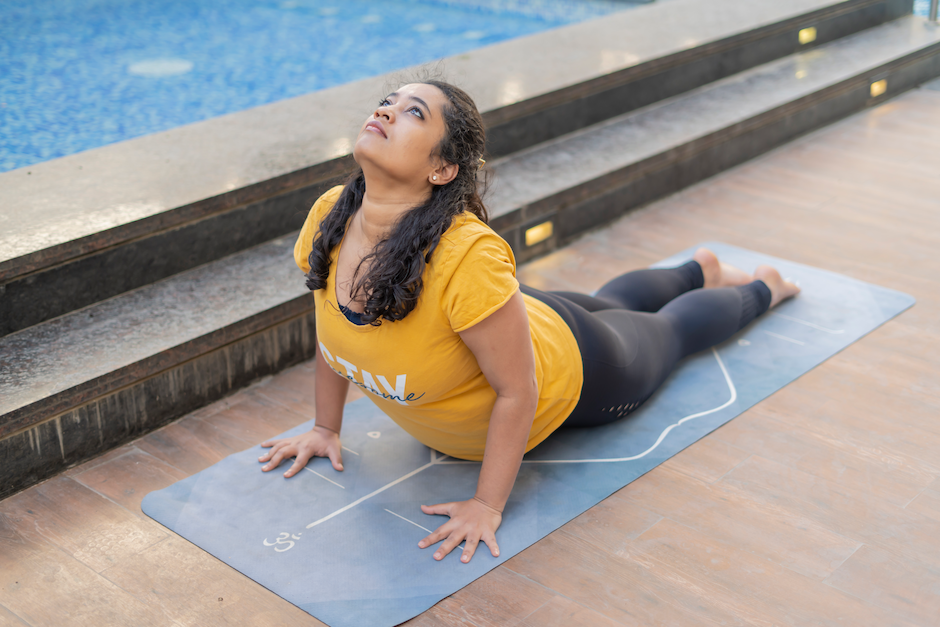
Stimulates adrenal glands, opens the chest and reproductive organs, eases menstrual discomfort.
Modification: Use forearms (Sphinx Pose) for a gentler variation.
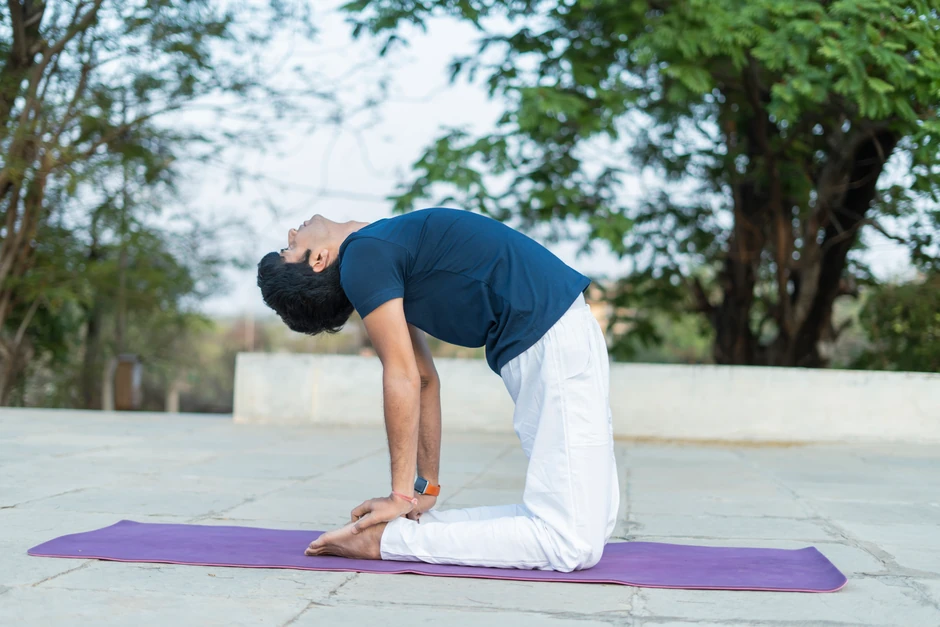
Stimulates thyroid and parathyroid glands, supports digestion and reproductive organ function.
Caution: Rise slowly to avoid dizziness.
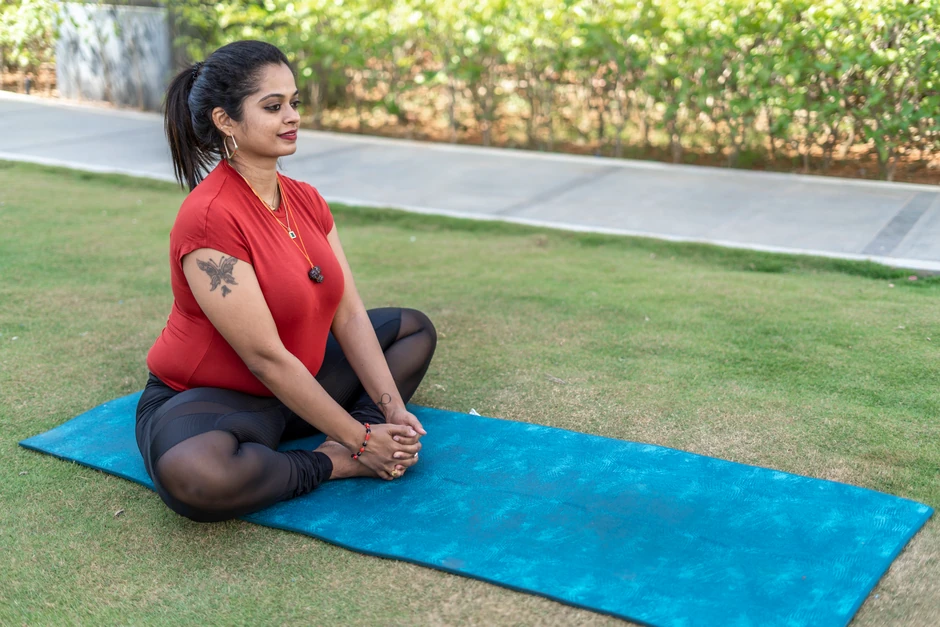
Supports ovarian health, calms the mind, and relieves menstrual and PCOS-related tension.
Modification: Sit on a folded blanket if hips are tight.
.webp)
Stimulates thyroid and pituitary glands, strengthens the pelvic region.
Modification: Use a block under the sacrum for support.
_optimized.webp)
Reduces cortisol, massages abdominal organs, calms the mind.
Why It Works: Activates the parasympathetic nervous system.
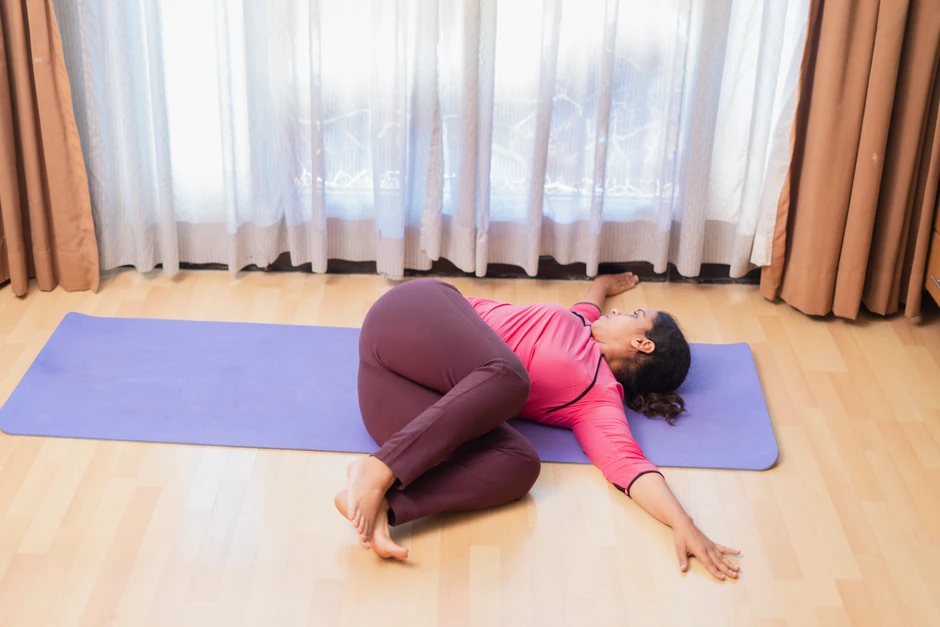
Enhances digestion, supports liver detox (vital for hormone processing), eases menstrual pain.
Targeted Support: Hormonal acne, digestive health, menstrual relief.
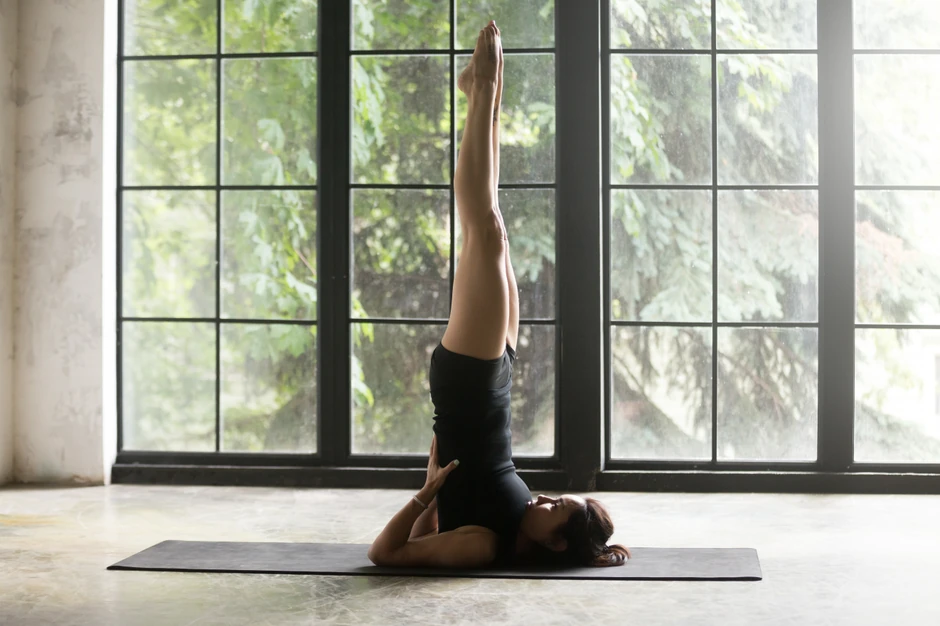
Stimulates the thyroid gland, balances metabolism and energy.
Caution: Avoid during menstruation or with neck injuries.
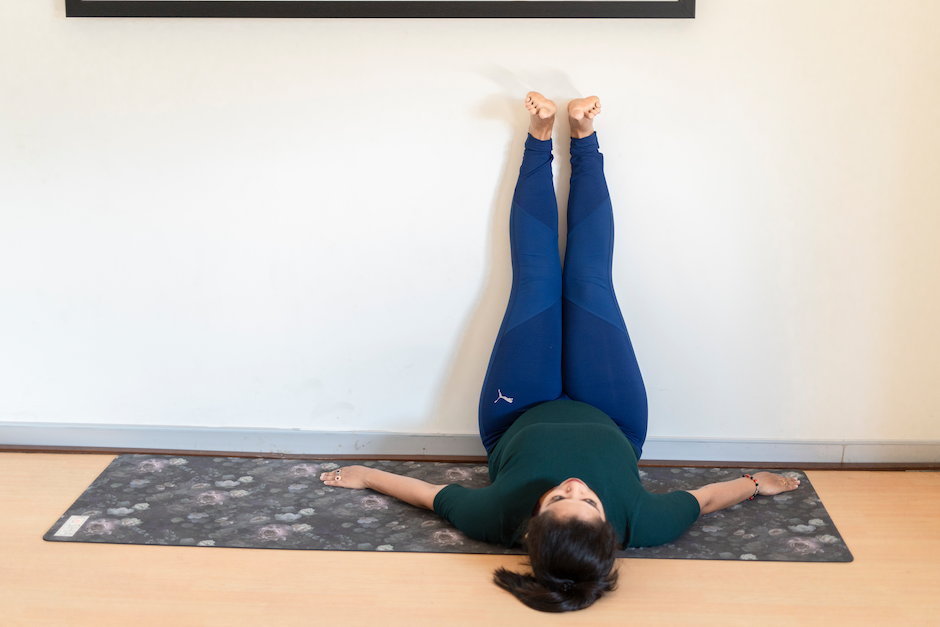
Reduces cortisol, improves circulation to pelvic organs.
Best Time: Evening or post-practice for relaxation.
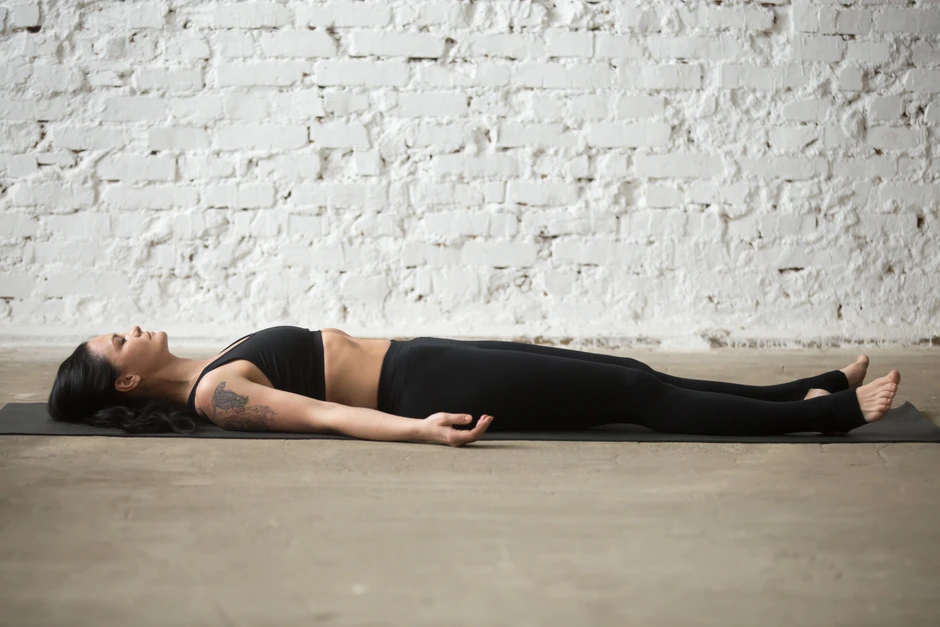
Deep relaxation that reboots hormonal balance.
Why It Matters: Hormonal healing happens during deep rest.
Mudras are ancient yogic hand gestures that influence the flow of energy (prana) through the body. When practiced consistently, they support hormonal harmony by balancing the subtle energy systems that govern glandular function. These simple techniques are especially helpful when combined with meditation or pranayama.
Learn more about Mudras in this detailed article!
Enhances earth element in the body, supports thyroid health, and improves strength and stability.
Hold: 15–30 minutes daily during meditation or breathing.
Increases vitality, supports reproductive organs, enhances immunity, and energy flow.
Hold: 15–30 minutes daily
Eases menstrual pain, supports pelvic health, and balances female reproductive hormones.
Hold: 10–15 minutes daily, avoid during menstruation.
Calms the nervous system, supports thyroid function, and reduces anxiety-induced hormone imbalance.
Hold: 10–15 minutes, 2–3 times per day.
Breathwork is one of yoga’s most powerful tools for hormonal healing. Through conscious breathing, you activate the parasympathetic nervous system, balance energy flow, and stimulate endocrine glands, all of which help reduce cortisol and support hormone regulation.
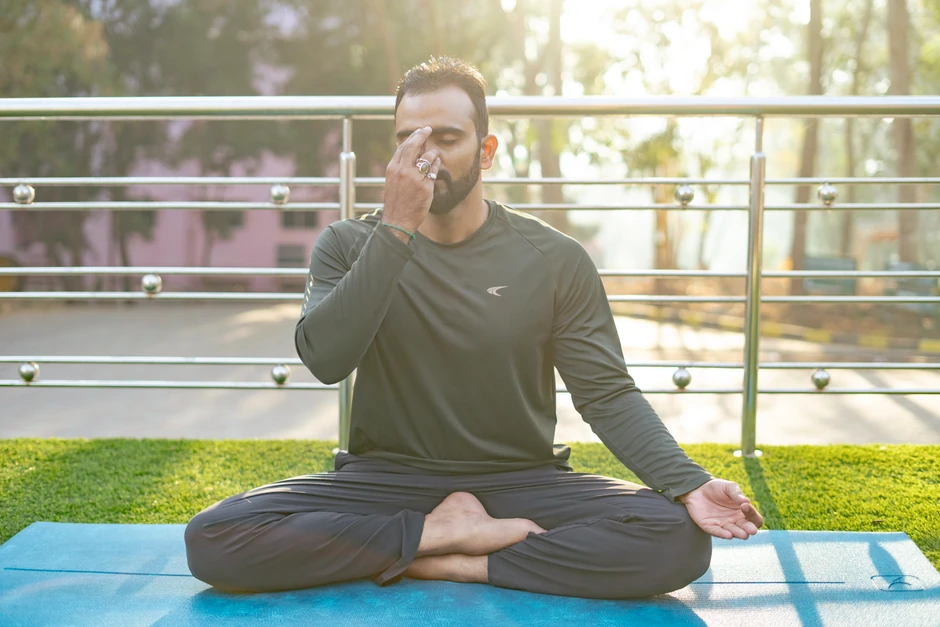
Balances both sides of the brain, calms the nervous system, and supports menstrual regularity.
Best Time: Morning or before bed.
Reduces cortisol, calms overactive mind, supports thyroid health via throat vibration.
Best Time: Evening or before sleep.
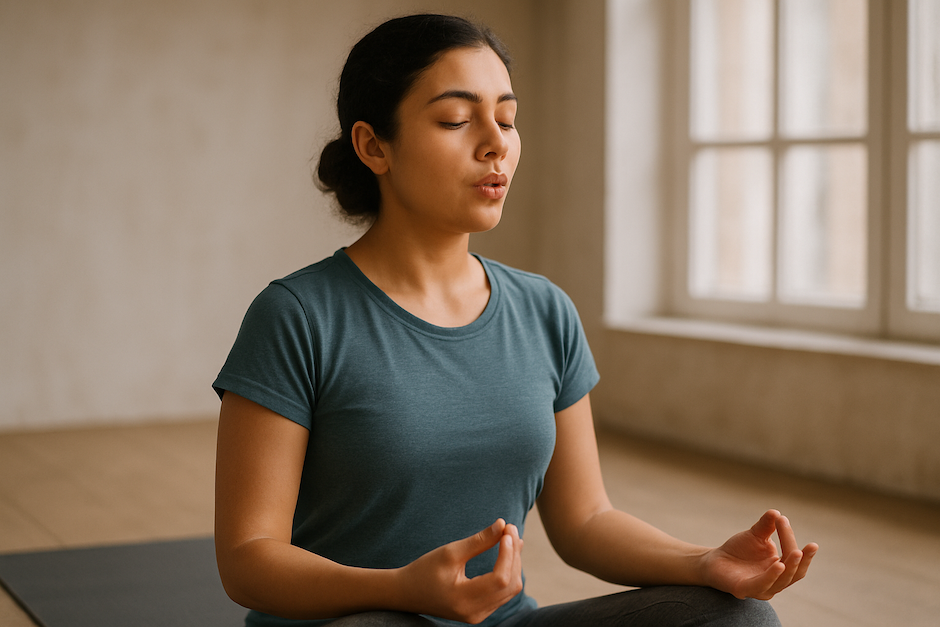
Activates the parasympathetic system, improves metabolism, and balances thyroid.
Best Time: During yoga practice or independently.
[inline-CTA-2]
Tailoring your yoga practice to specific hormonal conditions can accelerate healing and provide targeted relief. Here’s how yoga supports different imbalances:
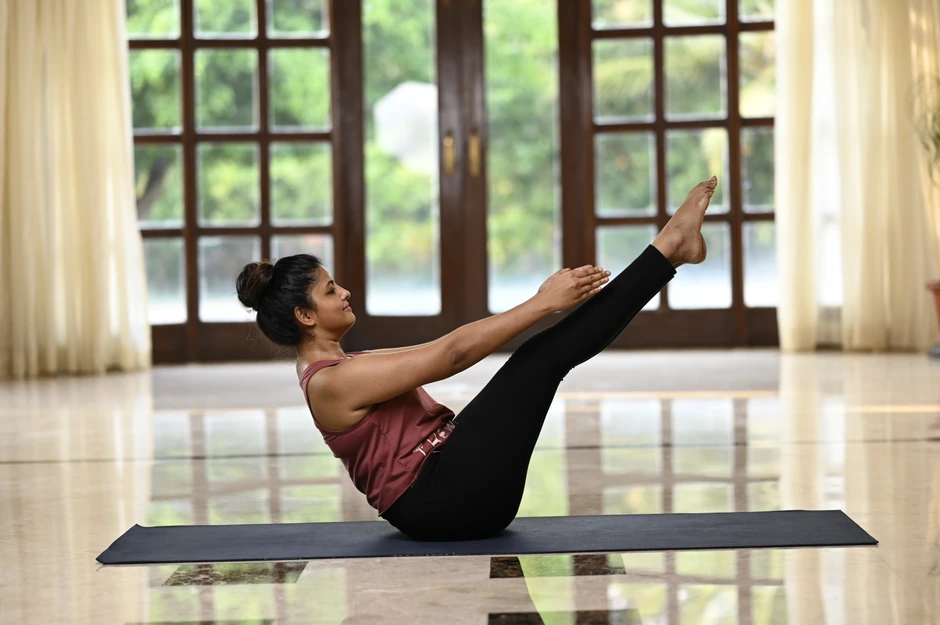
Yoga improves insulin sensitivity, reduces cortisol, and boosts circulation to ovaries.
Learn more about Yoga for PCOS here!
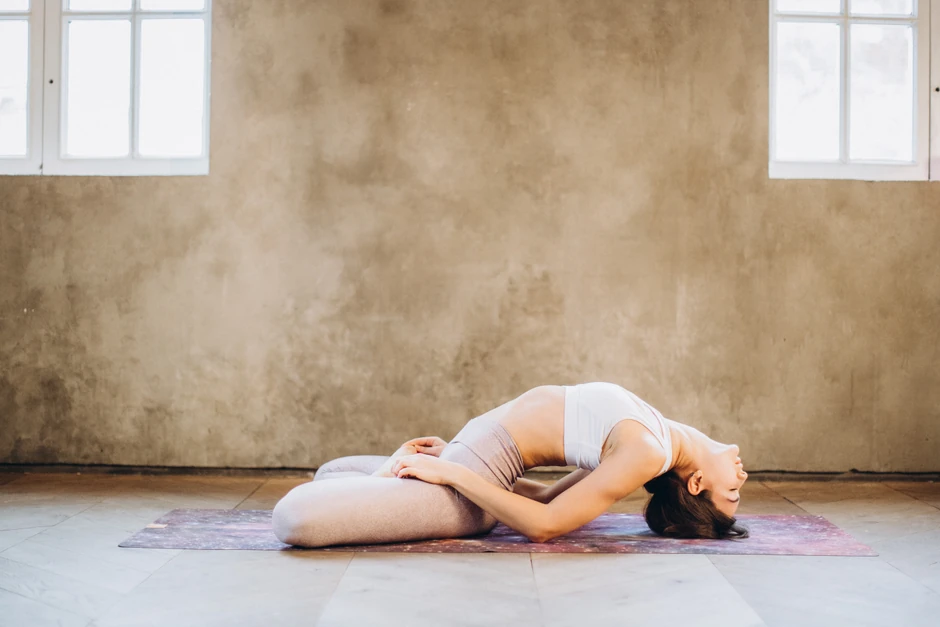
These poses directly stimulate the thyroid and balance metabolism.
Read in detail about Yoga for Thyroid here!
Relieves hot flashes, improves sleep, calms anxiety, and supports hormonal decline.
Want to learn more about Yoga for Menopause and Perimenopause? Read this detailed article!
Yoga improves detox, lowers stress hormones, and supports thyroid-androgen balance.
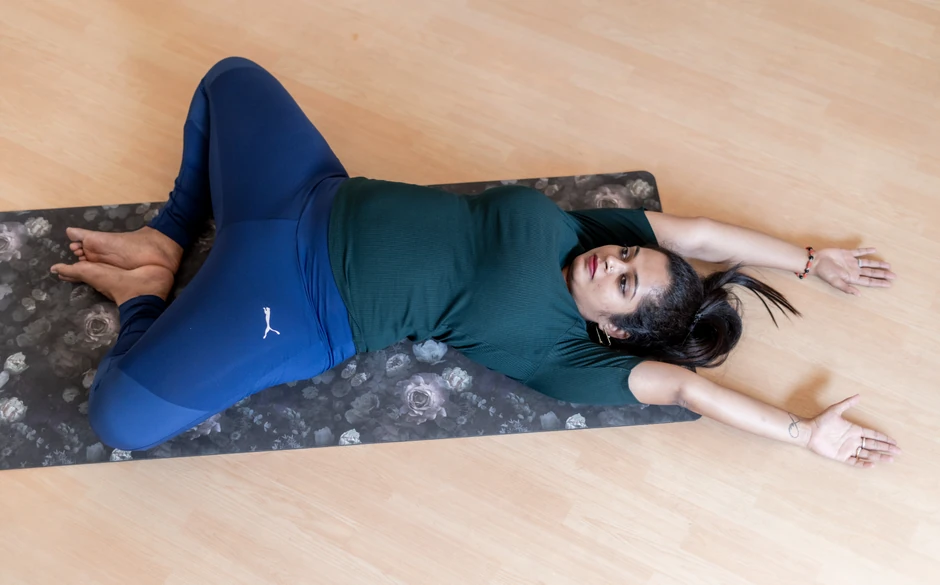
Increases blood flow to reproductive organs, reduces stress, and optimizes conception.
Consistency matters more than intensity. These short daily sessions are designed to support your endocrine system gently and effectively.
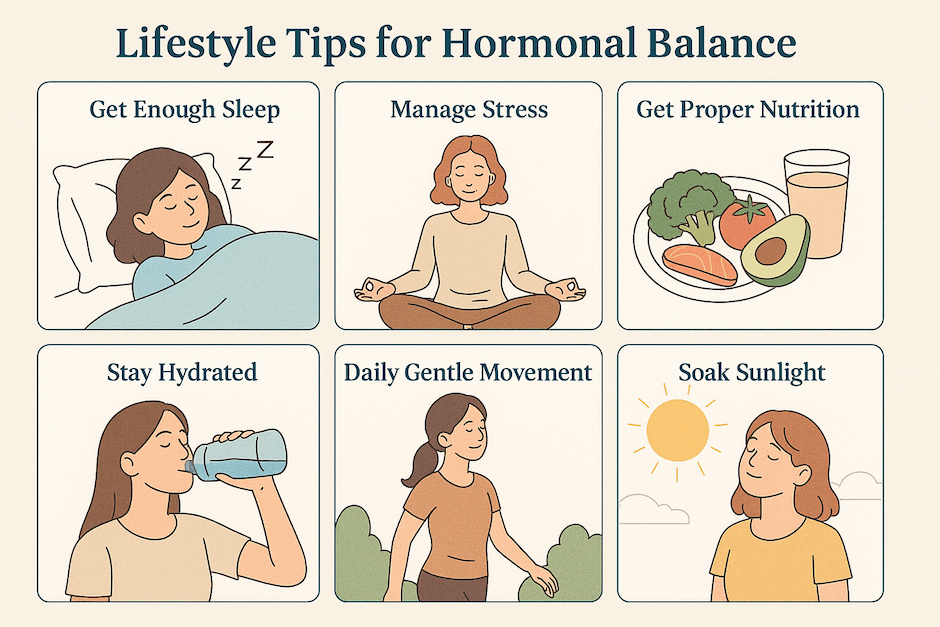
Yoga is powerful, but it's even more effective when combined with supportive lifestyle habits. Here are some practices to enhance your hormonal health beyond the mat:
When your hormones are off balance, certain yoga practices and lifestyle habits can make symptoms worse. Here's what to avoid and what to do instead for safer, more effective healing:
Avoid:
Why: Inversions disrupt the natural downward flow of menstruation and may increase cramping.
Do Instead:
Modify:
Avoid:
Focus On:
For the best results and maximum safety, work with a certified yoga instructor.
At MyYogaTeacher, our certified Indian yoga instructors specialize in women’s health and hormonal balance. Whether you’re navigating PCOS, thyroid issues, menopause, or hormonal acne, our teachers will guide you through customized sequences, breathing techniques, and mudras tailored to your body’s needs.
Start your free trial today!
Yes, yoga is highly effective. It reduces cortisol (stress hormone), improves thyroid and reproductive gland function, and activates the parasympathetic nervous system to support natural hormone regulation.
Poses like Shoulder Stand, Butterfly Pose, Bridge Pose, Camel Pose, and Cobra Pose are especially effective. They stimulate key endocrine glands and reduce stress, which are critical factors in restoring hormonal balance.
Yes, yoga is highly beneficial for PCOS. It improves insulin sensitivity, reduces stress hormones like cortisol, and boosts circulation to the ovaries. Poses such as Butterfly Pose (Baddha Konasana), Cobra Pose (Bhujangasana), Boat Pose (Navasana), and Supine Spinal Twist are especially helpful for regulating cycles, easing pelvic tension, and supporting reproductive health. Consistent practice can lead to improved menstrual regularity and reduced symptoms.
Yes. Poses like Shoulder Stand, Camel, and Bridge stimulate thyroid function. Pranayama helps regulate the nervous system and thyroid-related metabolism. However, remember that yoga is not a replacement for medical treatment. Continue your medication as prescribed.
Yes. Yoga helps by lowering stress and detoxifying the system. Forward folds, twists, and inversions improve circulation and hormone metabolism. Combine with skincare and diet for best results.
Absolutely. Yoga reduces hot flashes, insomnia, anxiety, and supports hormone decline during menopause. Cooling breaths and restorative poses work best.

Receive personalized guidance tailored to your unique fitness goals, live with a dedicated coach—no credit card required.